The code below (generated with patorjk.com Text to ASCII Art Generator) gives the expected result (a 'TEST' ASCII art text) on :
Windows : Firefox, Chrome, IE
Mac : Firefox
But the result is bad (see note below) on :
- Mac : Chrome, Safari.
What should be used in order that a <pre> with monospace font is properly displayed crossbrowser ?
pre{
font-family: monospace;
}<pre>
████████╗███████╗███████╗████████╗
╚══██╔══╝██╔════╝██╔════╝╚══██╔══╝
██║ █████╗ ███████╗ ██║
██║ ██╔══╝ ╚════██║ ██║
██║ ███████╗███████║ ██║
╚═╝ ╚══════╝╚══════╝ ╚═╝
</pre>Note : Here is the bad result :
